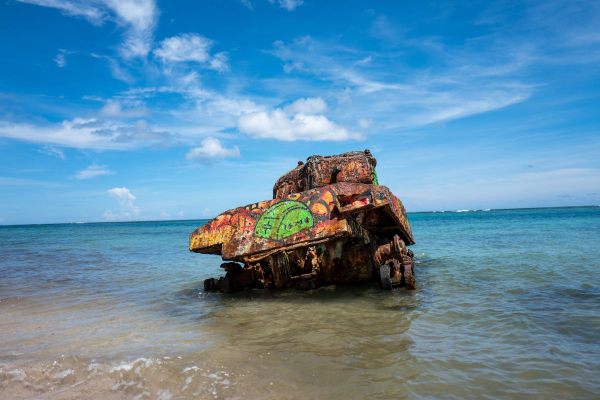100 Wonders: Battleship Island
A minuscule slip of land sitting off the coast of Nagasaki, Japan, has seen a long and troubled history.
Hashima, an island that is less than one square kilometer, was once the most densely populated place on the planet. Today it is a ghost town, completely uninhabited for over 40 years, its hundreds of densely packed concrete buildings crumbling into the sea.
The land was developed by the Mitsubishi Corporation as a coal mine in the early 1900s. During WWII, the labor in the undersea mine was done by Korean and Chinese prisoners of war (POW) with no regard for the safety or survival of the prisoners—leading to the death of over 1,000 POWs in the mine.
After the war ended Mitsubishi continued to run the operation with Japanese workers, effectively turning the entire island into a company town. Schools, restaurants, brothels, and gaming houses were all encircled by a protective seawall. The island, which held 6,000 people, was so densely built up with concrete structures it became known as “Midori nashi Shima,” or the island without green.
Eventually, the coal ran out. Mitsubishi closed the mine in 1974 and everyone left. Since that time the buildings have been slowly crumbling, leaving an astonishing ghost island floating in the ocean. The island was officially closed to all visitors from 1974 to 2009, but recently the site has been re-opened to tours. The site has officially been included on the UNESCO World Heritage list as of July 5, 2015.





























Follow us on Twitter to get the latest on the world's hidden wonders.
Like us on Facebook to get the latest on the world's hidden wonders.
Follow us on Twitter Like us on Facebook